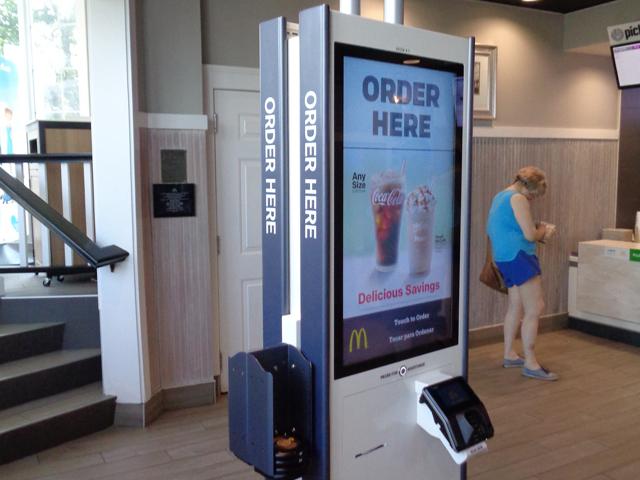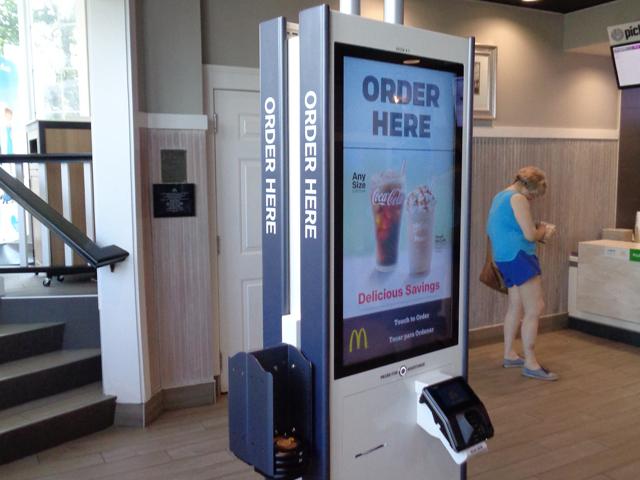An Urban's Rural View
Restaurants' Challenges Heat Up
The temperature in Vancouver, Washington, was well over 100 degrees Fahrenheit the other night and inside the Italian restaurant where my family was dining it must have been close to 90 F. The air conditioning had gone on the fritz.
Triple-digit heat has been throwing restaurants for a loop across the country. According to the Wall Street Journal, it's cut into the outdoor business that's been a big money maker for restaurants since the pandemic. In this summer's scorching heat, fewer people want to dine al fresco. (https://www.wsj.com/…)
Moreover, it's forced many restaurants to run the air conditioning full blast, boosting their costs. Or, as in our case, saddling them with repair bills when the aircon goes out.
We were impressed that the waitstaff remained in good humor even though they were dripping sweat. We worried how the cooks were faring; the kitchen was surely even hotter.
Farmers and restaurant operators are at opposite ends of the food chain. A few ag producers sell directly to restaurants but the great majority are separated from them by layers of middlemen.
An occasional look at what's happening in the restaurant world can, however, benefit people in agriculture. Just as a butterfly flapping its wings may set off a chain reaction of events ending in a hurricane, the way restaurants deal with their challenges may ultimately affect demand for what farmers produce.
The challenges restaurants face these days are many. Some are challenges they share in common with farmers, like restaurants' surprising sensitivity to high heat. The middlemen in between may not be sweating the heat much but farmers and restaurant owners sure are.
P[L1] D[0x0] M[300x250] OOP[F] ADUNIT[] T[]
Rising costs are another thing restaurants, farmers and indeed most businesses have in common. For restaurants, labor costs are a particular burden.
The legal minimum wage is going up in some states; a few, including Minnesota and Montana, are requiring restaurants to pay the full minimum wage rather than a lower one that takes into account employees' tips. Even in states that don't require the full minimum, labor scarcities are forcing restaurants to pay employees more.
One of the biggest challenges for sit-down restaurants is the increasing popularity of eating restaurant food without sitting down -- what the trade calls off-premises business. Drive-through, take-out and delivery were gaining in popularity before 2020 but the pandemic accelerated the trend. Lockdowns are just memories now but many diners have come to prefer the off-premises experience.
During the pandemic, some restaurants sprawled out onto the sidewalk, adding tables in the great outdoors where contagion seemed less likely than in crowded rooms. I remember a late-October 2020 dinner with friends at a picnic table outside a Michelin-starred restaurant in New York. We wore winter coats. With the windchill, the temperature was in the 30s F.
Even my most germophobic friends are now willing to eat inside restaurants but those outdoor tables haven't gone away. They became a new profit source for restaurants.
Alas, what the pandemic giveth, the torrid climate taketh away. As mentioned earlier, the heat is leaving many of those tables vacant.
Many of the restaurants that are doing well today are fast-food joints with drive-through lines. Besides the increasing preference for takeout, there are additional reasons for fast-food restaurants' prosperity: Inflation, plus cutbacks in food-stamp benefits, are pinching pockets and making less-expensive options more attractive.
With waitstaff labor scarce and expensive, restaurants are investing in technology that allows customers to order and pay online. Apps for takeout orders. Ordering kiosks in fast-food restaurants. Menus that pop up on a phone when diners scan a bar code on the restaurant table. These investments in online-ordering and digital-payment technology are increasingly a must.
Diners are putting pressure on restaurant revenues with their ordering choices. Meals consisting of appetizers and side dishes have been growing in popularity; many diners no longer order a main course. According to the Wall Street Journal, a salad and French fries is an increasingly popular order for many young people. (https://www.wsj.com/…)
The pandemic seems increasingly likely to go down in history as a turning point for the restaurant industry. While many of the challenges were already underway, the resulting fear of contagion, labor shortages and inflation intensified those challenges and gave rise to new ones.
As the National Restaurant Association put it, "Since the start of the pandemic three years ago, and the supply-chain and economic challenges that followed, restaurant operators have had to become smarter, quicker, and more creative to succeed in business."
Urban Lehner can be reached at urbanize@gmail.com
(c) Copyright 2023 DTN, LLC. All rights reserved.






Comments
To comment, please Log In or Join our Community .